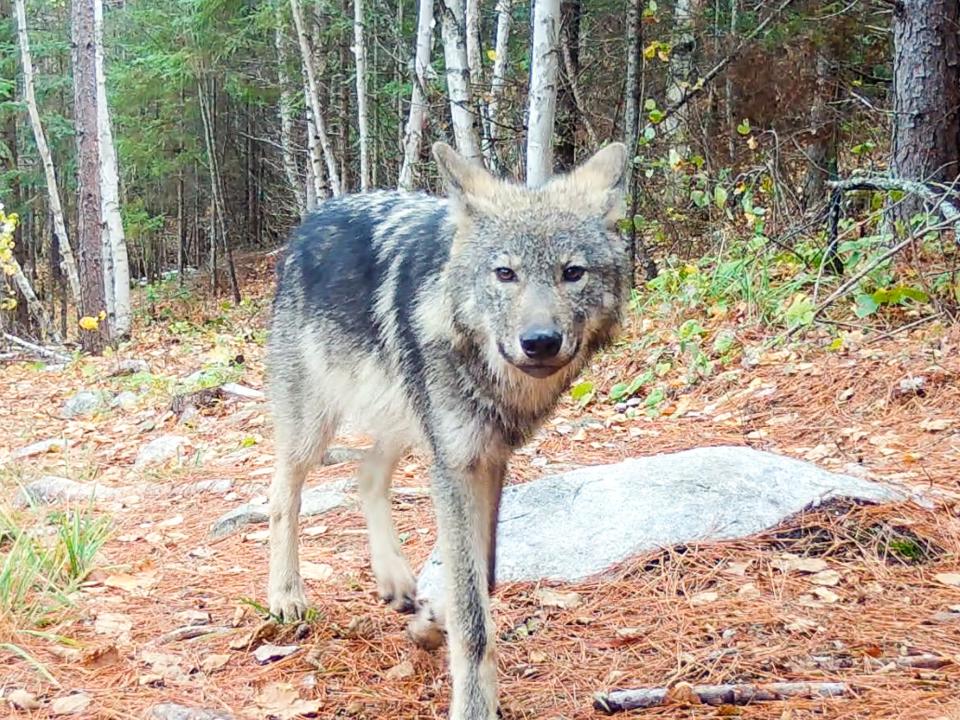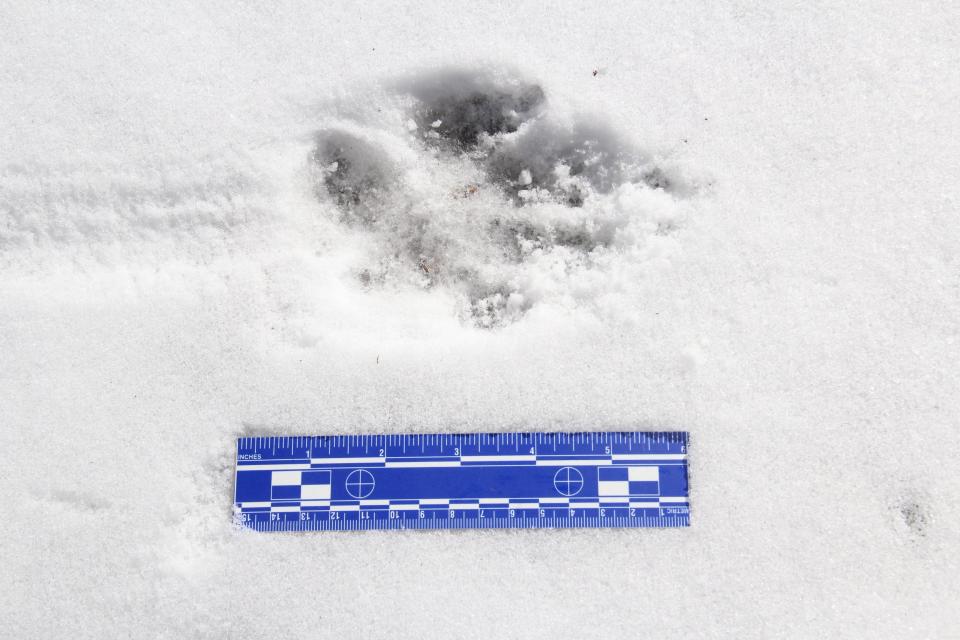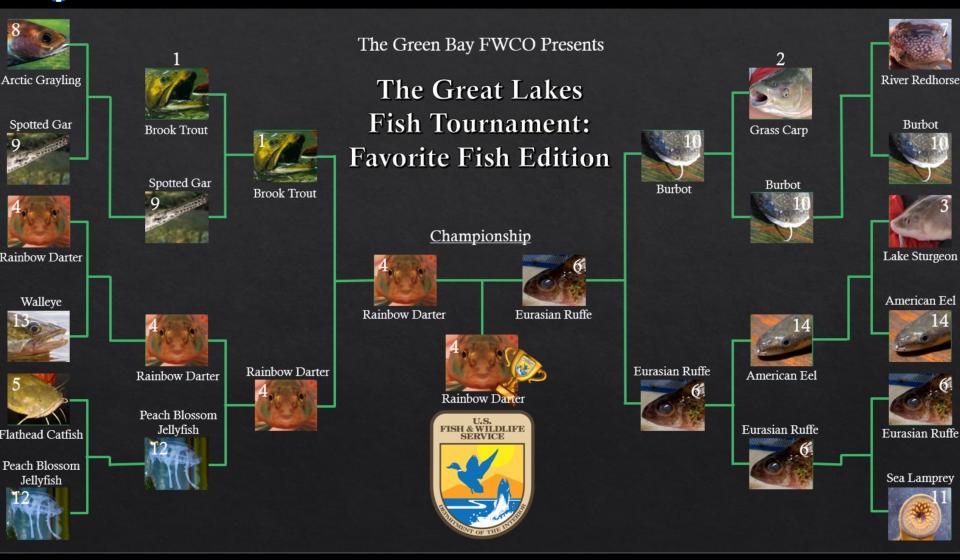Smith: Changes are coming to Wisconsin's wolf plan with calls for sustainable, long-term management

Adam Payne has been secretary of the Wisconsin Department of Natural Resources for less than four months.
But he was probably on the job for less than four hours before he had discussions with staff about two of the leading challenges facing the agency. In the environmental realm, there is PFAS in water. And in wildlife management, there is the pending update to the state's wolf management plan.
The wolf plan was written in 1999 and tweaked in 2007. A proposed update languished under several administrations but got a significant push under Gov. Tony Evers and previous DNR Secretary Preston Cole.
Under Cole's term, the DNR formed a wolf management plan committee and conducted a social science survey on public attitudes toward wolves.
The DNR released its draft plan Nov. 10 and accepted public input on it through Feb. 28.
The plan recognizes growing public support for gray wolves and what the DNR considers the species' recovered status in Wisconsin. It calls for sustainable, long-term management and stewardship of the animals in the state.
Of note, the plan would do away with a statewide numerical population goal and instead focus on "adaptive" management objectives established in six wolf zones and seven subzones.
When permitted by federal endangered species law and in-state legal status, it would include a wolf hunting and trapping season as required by state law.

In many respects, the draft wolf plan follows tenets established and widely supported in the Wisconsin black bear management plan. The bear plan also does not set numerical limits on the species.
But while the social science survey showed good public support, both in wolf range and outside of it, for a wolf population at the present level (about 1,000 wolves in late winter), groups such as the Wisconsin Wildlife Federation and many individuals have called for reducing it to 350.
Payne addressed the wolf issue at Wednesday's Natural Resources Board meeting in Madison.
"Perhaps one of the most highly emotionally charged issues right now is the development of the wolf management plan," Payne said. "And again, really grateful for our staff and the job they've been doing, working on this plan has been a tremendous amount of public input and involvement."
Paynes said the DNR had received about 3,500 comments and the agency was now reviewing all the input.
The staff is scheduled to meet in May to discuss suggested revisions to the draft, according to Payne.
And the draft will be modified, he said.
"We're going to make some changes," Payne said. "There will be further improvements made to this draft plan."
Payne did not tip his hand as to what might be different in the next iteration. But he did say it would be released for public review sometime in July. From about mid-July to September the DNR would meet with its wolf planning committee, tribes, the Wisconsin Conservation Congress and other stakeholders.

Then the updated draft plan would be presented in October to the NRB for approval.
"That is when the hot potato will land in the seats of the NRB," Payne said. "This is happening this year."
If approved, the DNR would then develop a scope statement to develop new rules contained in the plan. That process could start in December, Payne said.
No matter what the updated draft wolf plan includes, it won't please everybody.
Payne finished his wolf comments Wednesday by offering this pledge:
"We're going to continue to be open, transparent, we will share information and next steps."

Rainbow darter wins 2023 Great Lakes Fish Tournament
The rainbow darter nosed out the Eurasian ruffe in the finals of the 2023 Great Lakes Fish Tournament run by staff at the Green Bay Conservation Office of the U.S. Fish and Wildlife Service.
The event was intended to raise awareness for a variety of fish species, ranging from natives to invasives, found in Wisconsin waters.
Leveraging on excitement surrounding the NCAA basketball tournaments, the fish tourney started in March and pitted species in head-to-head competition. Winners were determined by popular votes on the Facebook page of the USFWS Green Bay Conservation Office. Fourteen fish were included in this year's pool.
The rainbow darter was seeded 4th and had to beat the top seeded brook trout and 13th seeded walleye on its way to the title.
The rainbow darter is a 2- to 3-inch-long fish typically found along the bottom of small streams or medium-sized rivers. It is sensitive to pollution and silt and, where found, is considered an indication of good water quality. The species features three dark spots on the back and blue and orange on the dorsal and anal fins.

Our subscribers make this reporting possible. Please consider supporting local journalism by subscribing to the Journal Sentinel at jsonline.com/deal.
DOWNLOAD THE APP: Get the latest news, sports and more
This article originally appeared on Milwaukee Journal Sentinel: Wisconsin DNR working on revisions to draft wolf management plan

